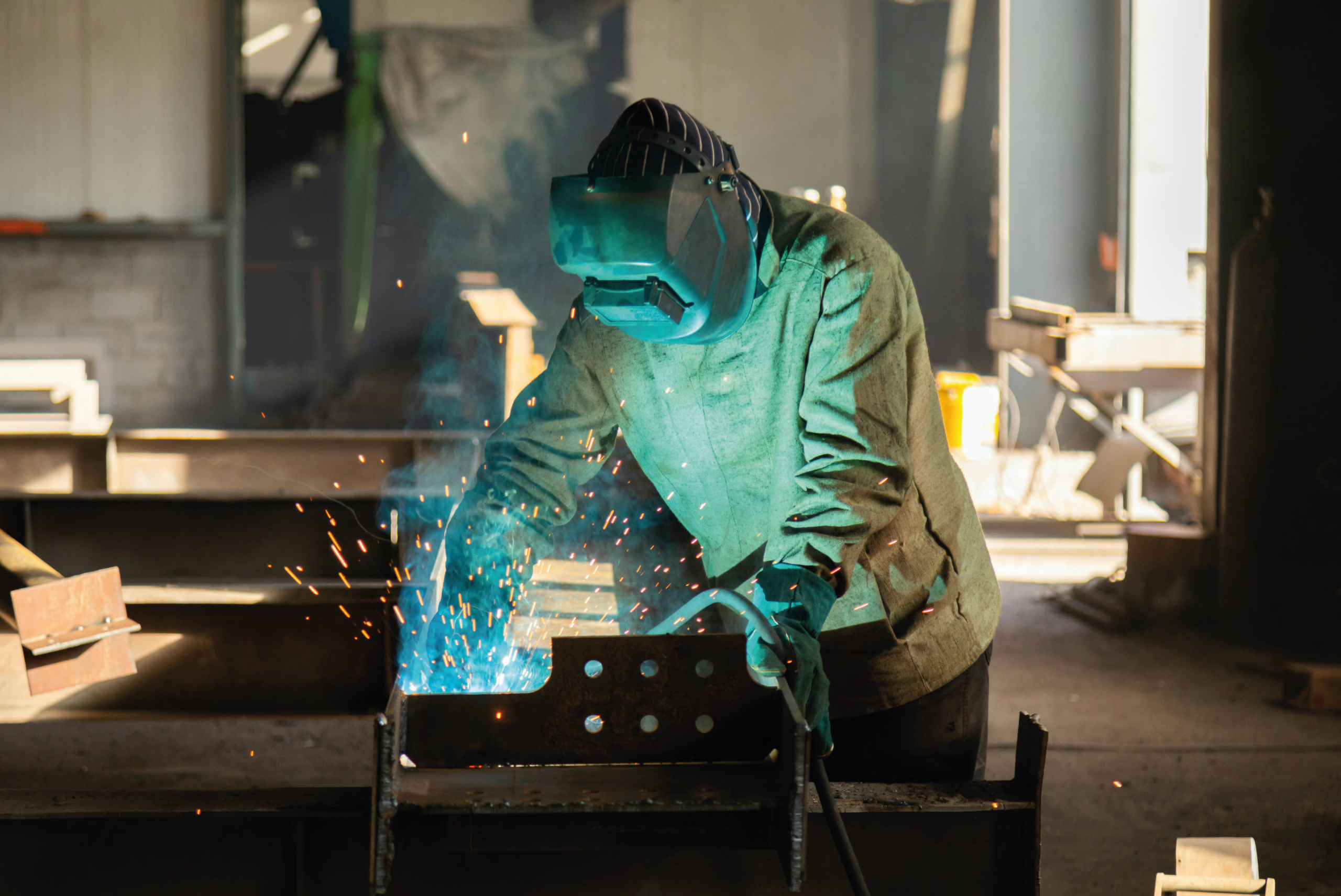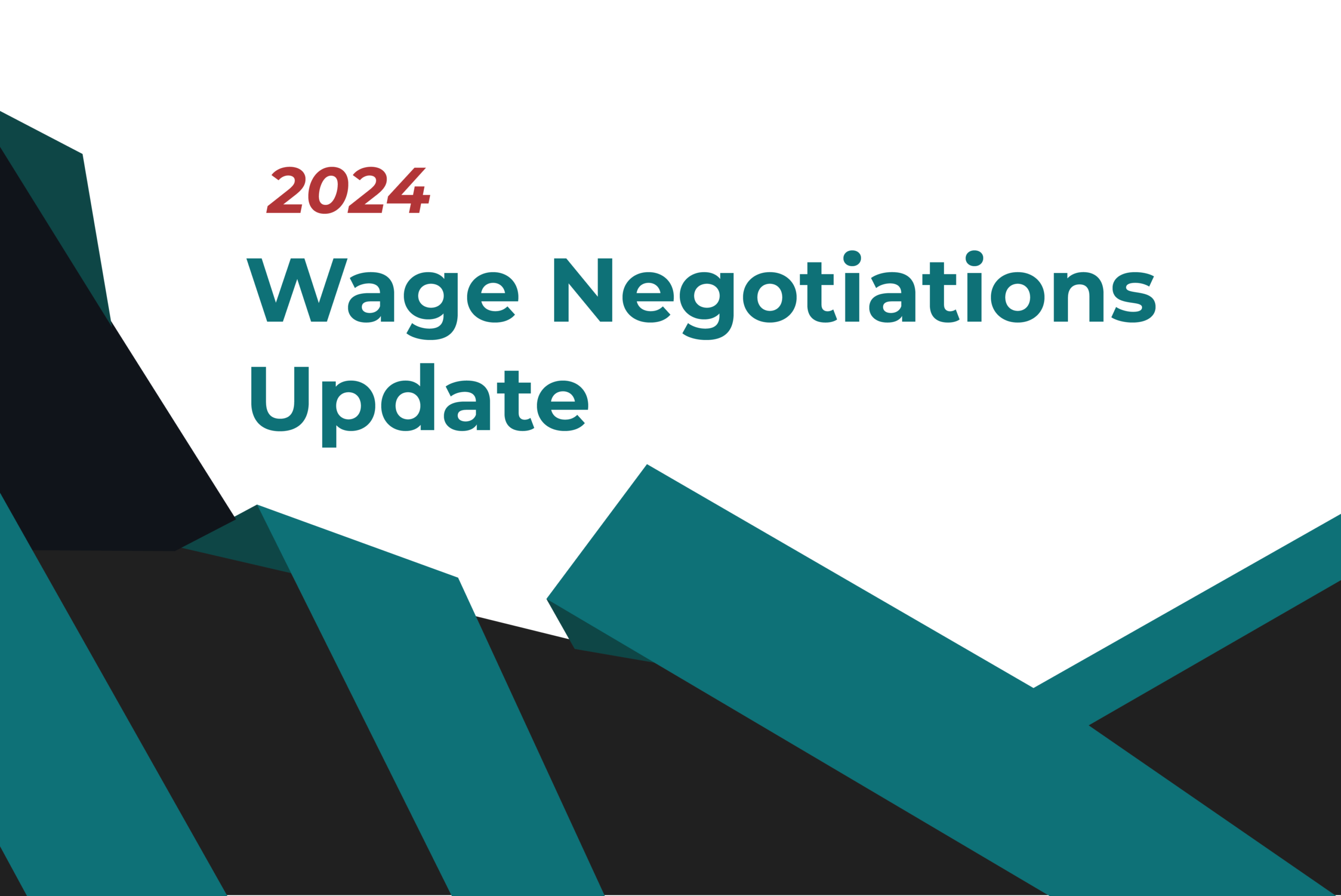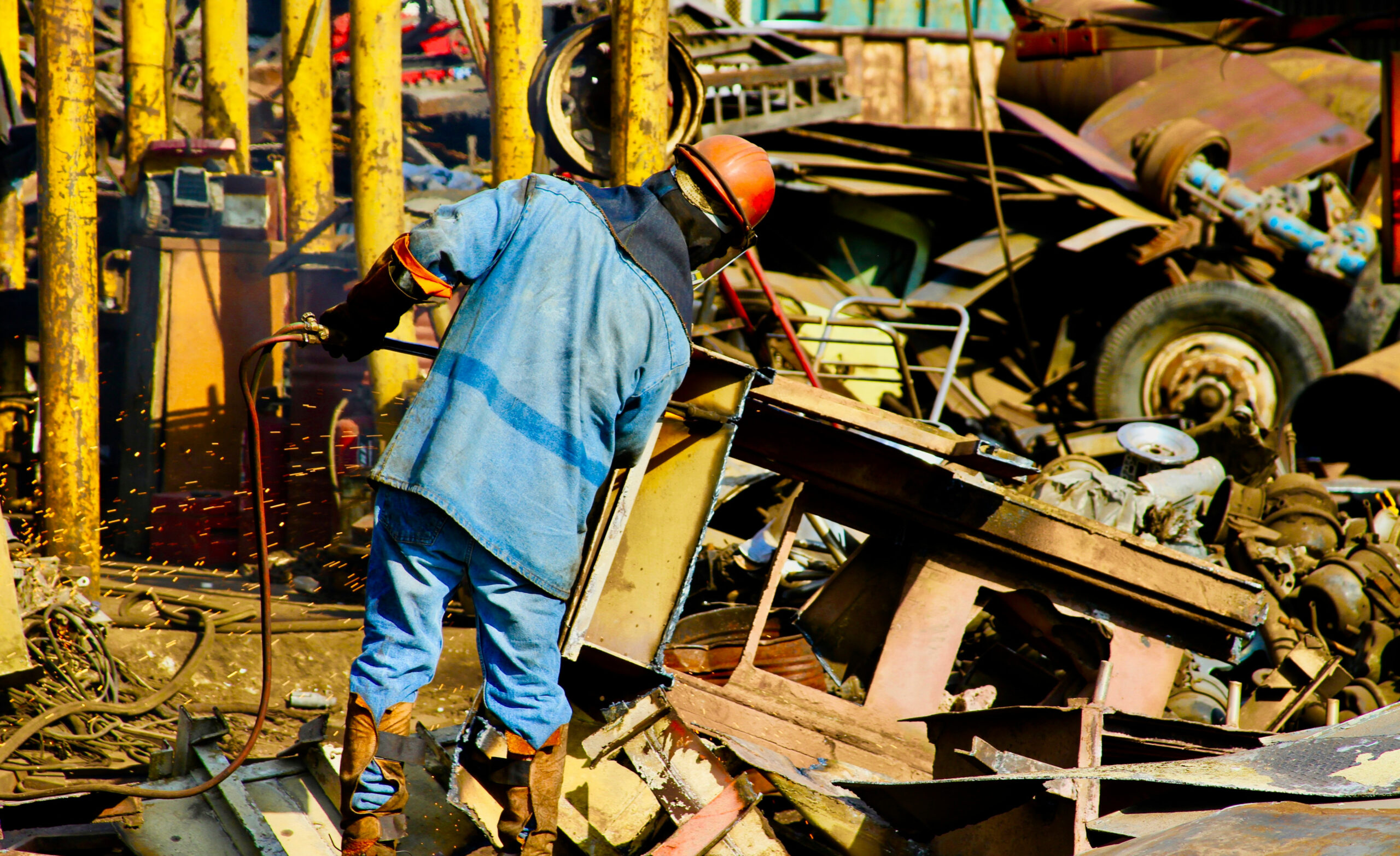SEIFSA report outlines risks for Metals & Engineering sector in 2024
The outlook for the South African Metals & Engineering sector in 2024 is not as bleak as it was last year, but risks — both local and global — remain high, according to the State of the Metals and Engineering Sector Report 2024, which the Steel and Engineering Industries Federation of Southern Africa (SEIFSA) released this week.
The report, which was presented in a webinar on February 20, examines the current state of the Metals & Engineering (M&E) sector amid moderating inflation and heightened geopolitical tension.
SEIFSA chief operating officer Tafadzwa Chibanguza, says “the geopolitical temperature is high, with wars in Europe and the Middle East and the subsequent attacks in the Red Sea.”
Aggregate production increased by 1.7% in 2023, slightly higher than the 1.5% in 2022 but still remains 18% below where it was in 2008/2009.
“Production has also not sustainably attained its pre-Covid lockdown levels and has been oscillating between 1-2 index points around this level,” Chibanguza said.
This is amid the “expectation for global economic growth to flatline into the medium term, which presents a neutral perspective on demand prospects from the external environment. Growth is primary tilted in favour of the advanced economies, which presents limited export opportunities given that Sub-Saharan Africa is the largest export market for the sector,” says Chibanguza.
Geopolitical risks include the ongoing wars in Europe and the Middle East, while locally the sector faces persistent load-shedding, logistical challenges, including the crisis at Transnet, deteriorating service delivery at municipal level, looming wage negotiations and the uncertainty of an election year along with the political noise that leads up to the event, he says.
“Whatever the outcome of the election, it presents risk as a lot of work has been done in terms of macro-economic policy around for example energy and public procurement. . A new administration means dealing with new members of parliament and a new cabinet.”
On the positive side, inflation is subsiding faster than expected, particularly in the advanced economies, which should allow for hard currency rate cuts, which in turn should set the scene for global monetary policy, says Chibanguza.
Global inflation is set to decline from 6.8% in 2023 to 5.8% in 2024, and 4.4% in 2025, which should set the scene for interest rates to start coming down. Declining interest rates presents a scenario for investment in the economy to hopefully start picking up which in turn is a good demand source for the metals and engineering sector. It will also decrease the pressure on debt service costs for the state, possibly creating fiscal headroom, for state spend into the economy, which again is another important source of demand for the sector. Lastly, lower interest rates should also provide room for companies in the metals and engineering sector to increase investments into their operations, which is particularly important given the negative net investment trend that has underpinned the sector since 2008, which has also resulted in the sectors fixed capital stock deteriorating at a rate of 0.8% (CAGR) over the same period.
While work has been done to revive the economy, reforms take time for their full effect to be realised, but unfortunately the sectors potential will remain constrained for as long as too many local companies remain in survival mode due to the array of challenges they face.
Industry Wage Negotiations Kick-off
INDUSTRY WAGE NEGOTIATIONS KICK-OFF
Negotiations this year will take place against a very difficult economic background. The sector is still in the throes of deep distress. A fragile economy, spiking unemployment, widespread business failures and huge job losses will no doubt test our mettle.
On a positive note, talks-about-talks are already well underway and to date all the parties have signed-off on a process or relationship agreement and a declaration to negotiate in good faith. A pre-bargaining conference was held on 7 February and a negotiating timetable has been agreed. Whilst all this on the surface may not seem to amount to much, it is all unprecedented and hopefully a sign that the difficulties we find ourselves in are shared by our union counterparts.
In terms of the timetable the following has been agreed:
| Month | Process | Comments |
| 7th February | Pre-Bargaining Conference | Understanding Industry Issues and Challenges |
| 25th March
|
Submission and Exchanging of Demands and Triggering
Annexure E of the Council Constitution |
Finalize respective parties demands, exchange of demands and triggering
Annexure E |
| 10th April | Commencement
of Negotiations |
Commencement of negotiations |
| 24th April | Negotiations | Negotiations |
| 8th May | Negotiations | Sign-off |
You will observe we have set a tight time-line with the aim of settling early, within mandate and with minimal disruption. We understand how difficult this will be but this time round, parties are faced with a set of daunting circumstances that simply cannot be ignored. Manufacturing performance is anything but encouraging, persistently high interest rates, electricity outages, failing logistics and weak demand have all lead to a sector that is under siege.
Mandating, tactics and strategy will play a key role in delivering a sound agreement. We ask that member companies play their part in supporting their respective Associations who play an important role in formulating a consolidated mandate that allows the Main Agreement Negotiating Team to develop the tactics and strategy.
At the outset I extend a note of immense gratitude to all members of the 2024 Main Agreement Negotiating Team who during the process, will sacrifice an inordinate amount of time, effort and energy – over and above their day-to-day jobs – supporting the Office and me in ensuring that we meet the goals we have set.
This will be a difficult round but, in the end, we will succeed if we just stay the course.
Lucio Trentini
Chief Executive
SEIFSA position on Scrap Metal Regulations
Johannesburg, 5 FEBRUARY 2024. In anticipation of the Minister of Trade, Industry and Competition, Minister Patel’s, decision on the way forward regarding the scrap metal regulations and following the extended public comment period which closed on the 12th of January 2024, SEIFSA encourages the Minister not to take a narrow and short-term view on the matter, but rather consider the broader consequences of the decision and what is best for the industry in the long-term.
With the benefit of hind-sight the undeniable facts that should be factored into the Minister’s decision making are that the scrap metal export ban was not at all effective in combating infrastructure damage and theft of scrap metal. The imposition of the export ban has caused more economic harm than good. This is evidenced, inter alia, by the policy being one of the contributing factors to the announcement by ArcelorMittal South Africa (AMSA) on the possible closure of its long-products business. The export ban also communicated a very poor economic signal where blunt industrial policy instruments are deployed to combat crime, which resulted in a myriad of unintended consequences.
The lapsing of the scrap metal export ban on the 15th of December 2023 and the extension of the public consultation period to the 12th of January 2024, has brought to the fore the fact that alternatives to an export ban are a very real possibility.
The first of which is the development of an industry pledge, co-created by the DTIC and industry to work together to combat the movement of illegitimate scrap metal. This will be done by, inter alia, the phasing out of the use of cash in scrap metal transactions, rigorously inspecting the origins of scrap metal and an industry zero-tolerance approach to purchases of scrap metal from unidentified sources or where the product may reasonably be suspected to be from stolen public infrastructure. The industry remains committed to signing such a pledge that is underpinned by these principles. These interventions will go a very long way in combating the movement of illicit scrap metal without the need of resorting to an export ban.
Moreover, industry in the up and downstream segments remains committed to working with the DTIC and Government more broadly in the development of industrial policy framework that is sustainable and conducive to the growth of the industry. However, a pre-condition for the successful development of this industrial policy framework is ensuring demand for steel and related products through consistent and large-scale public projects. To date this has been a major constraint to the economic benefits of the steel sector, which has resulted in production contraction and a structural decline in employment.
The industry is willing to remain engaged and work with the policy makers in finding sustainable solutions to the complex challenges facing the industry, however, the policy path adopted needs to be holistic and not inadvertently create pockets of tension between different segments of the industry. .



